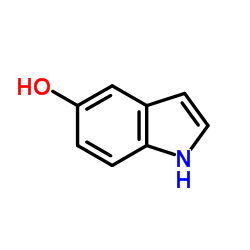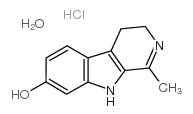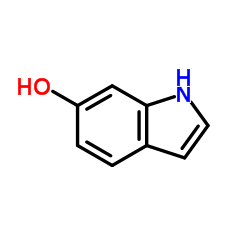| Structure | Name/CAS No. | Articles |
|---|---|---|
 |
5-Indolol
CAS:1953-54-4 |
|
 |
HARMALOL HYDROCHLORIDE DIHYDRATE
CAS:6028-00-8 |
|
 |
6-Hydroxyindole
CAS:2380-86-1 |